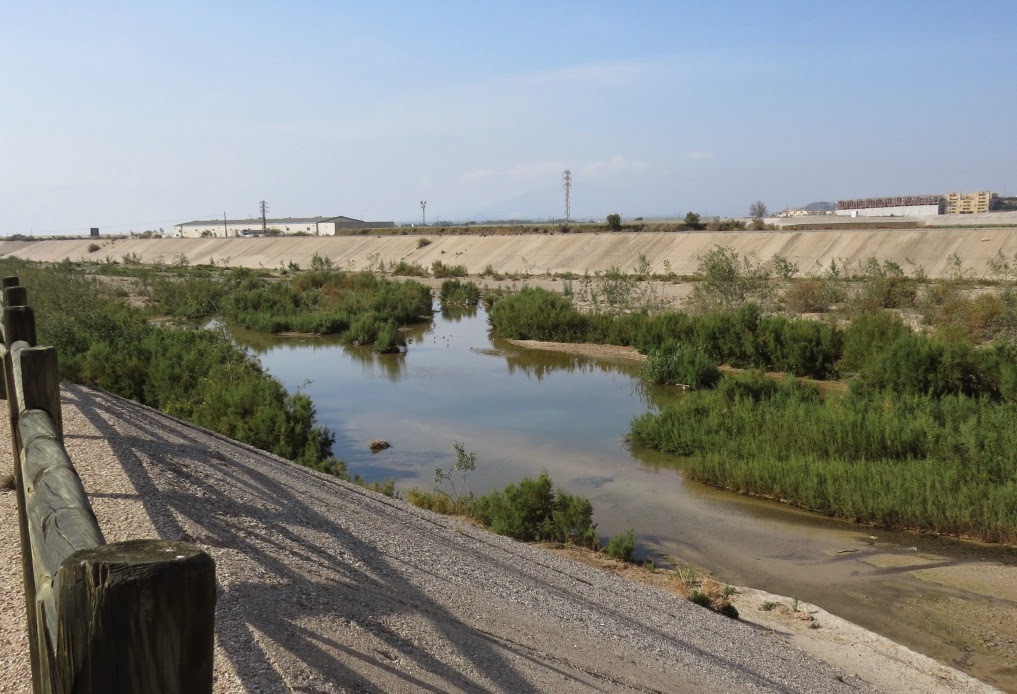As many of you know, I was gracing the Antipodes with my presence from 21 January through to my return on 25 February. This involved stopping over in Brisbane with birding friends from university days (many moons ago and we remain friends! in two sections, the first from 21-25 January and then on the return from 21-24 February. My friends David and Florence live on the outskirts of Brisbane in a place called The Gap and there I saw in those days of intensive birding within a 50km radius of The Gap David and I saw some 168 spp. of which only around 153 were new!
The interim period was spent in New Zealand, first doing a three week with Wrybill Tours - www.wrybill-tours.com - which I recommend most highly, from 26 January through to 16 February, after which I went back up to Kaikoura for three days extra pelagicking. The tour leader was Brent Stephenson, co-author of the recently published 'Birds of New Zealand - a photographic guide' and also co-rediscoverer of the New Zealand Storm-petrel a decade since (and of which more anon once I sort out all 2.400 or so photos) which promises ot be a long task. If my NZ total is correct I saw 153 spp. there, of which only 99 were new, but some of these had already been new across in Oz.
However, it seemed that I ought to put something in to titillate the ornithological appetite, so here is a selection of the parrot photos from around Brisbane and from New Zealand, including the infamously destructive Kea!
I should point out that photographing some of these species if virtually impossible as they either flash across or feed high in the swaying tops of the eucalyptus trees, hence the relatively slim selection, although the Kea's and Sulphur-crests made up for it! The Australian species are taken from the South Queensland list order.
GALAH Seen occasionally, always in small flocks, a splendid and colourful species.


LITTLE CORELLA : Scarce, we found only two or three small flocks around Brisbane.

SULPHUR-CRESTED COCKATOO : As a youngster I always wanted of these splendid birds and we saw them daily as a flock fed on the grass and gravel at a local primary school and we saw them daily there or flying across over the house as they went to roost!
.JPG)


KING PARROT : Seen freqently and especially at a bar/restaurant J.M. Jones on Mount Nebo out in the boondocks where you get a handful of sunflower seeds and wild birds fly down to feed from your hand (and arm) and occasionally squabble over and on you!

Once over in New Zealand, home of so many introductions, we did see a Sulphur-crested Cockatoo and an Eastern Rosella. We saw both Red-crowned and Yellow-crowned Parakeets - again I got no decent photos as they were usually high in the canopy and I make no pretensions to be a top bird photographer, and on an island cleared of pr4edators we were extremely lucky when a very photogenic and very rare Orange-crowned Parakeet made a brief 30 second appearance in full view after a long time waiting to see one.
We also succeeded in seeing Kaka well in rather unnatural circumstances where the species was being reared and birds hacked out with food available for them (note the rings), although we also saw and heard truly wild ones.
And finally in New Zealand, up at Arthur's Pass on the South Island, the famous - or infamous - Keas which love ripping off the rubber parts of any vehicle such as windscreen wiper blades, door and windscreen sealings, and so on and for which the insurance companies will not pay. At least one loved car-surfing, which involved staying - heaven knows how- on the roof of the car whilst it drove off until enough was enough and it flew back to wreak more havoc on fresh arrivals!
Guard has to be mounted on the vehicles to prevent vandalisation by these avian delinquents! Which ends part 1 of the trip report!





















+-+copia.JPG)












